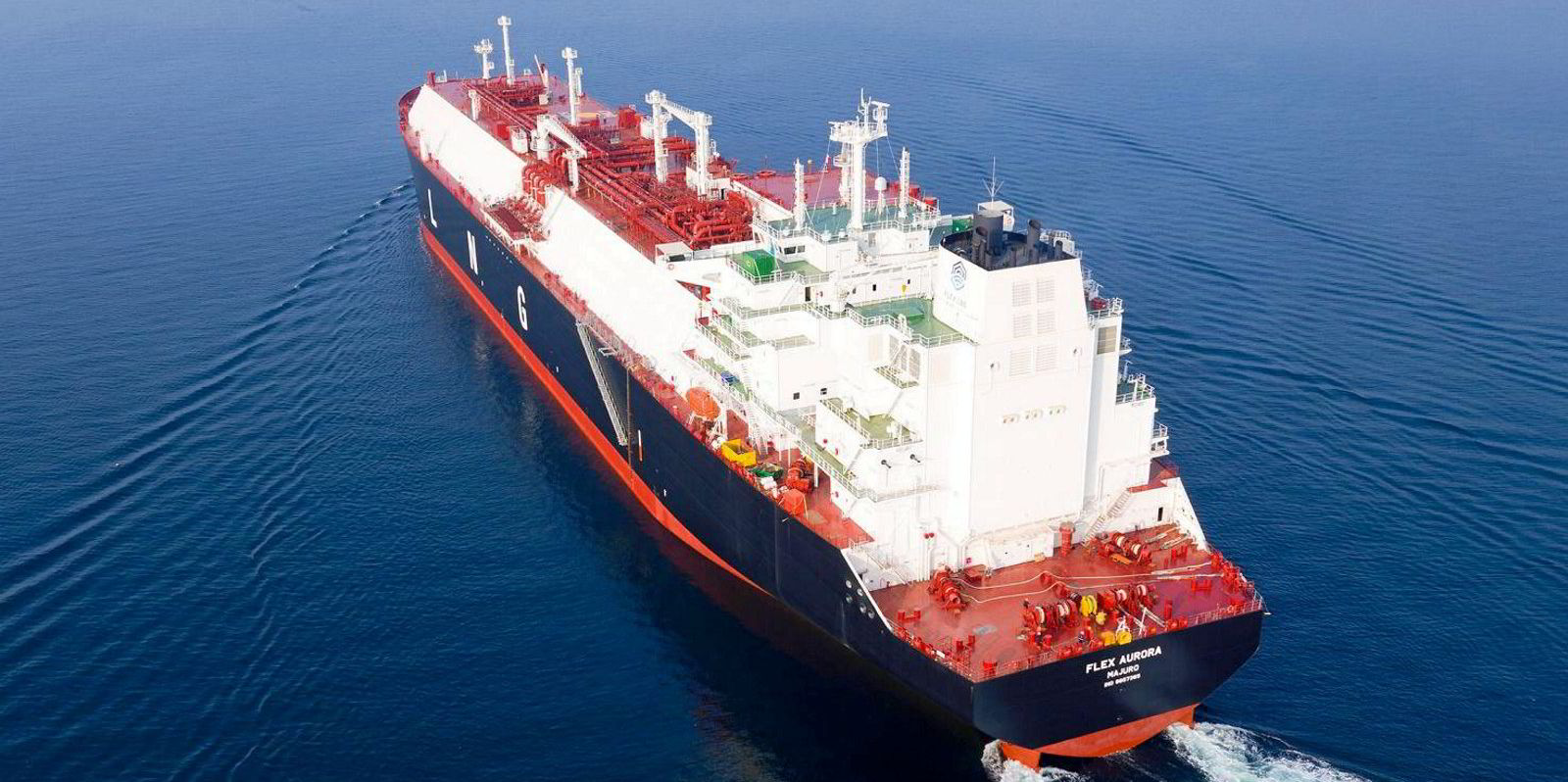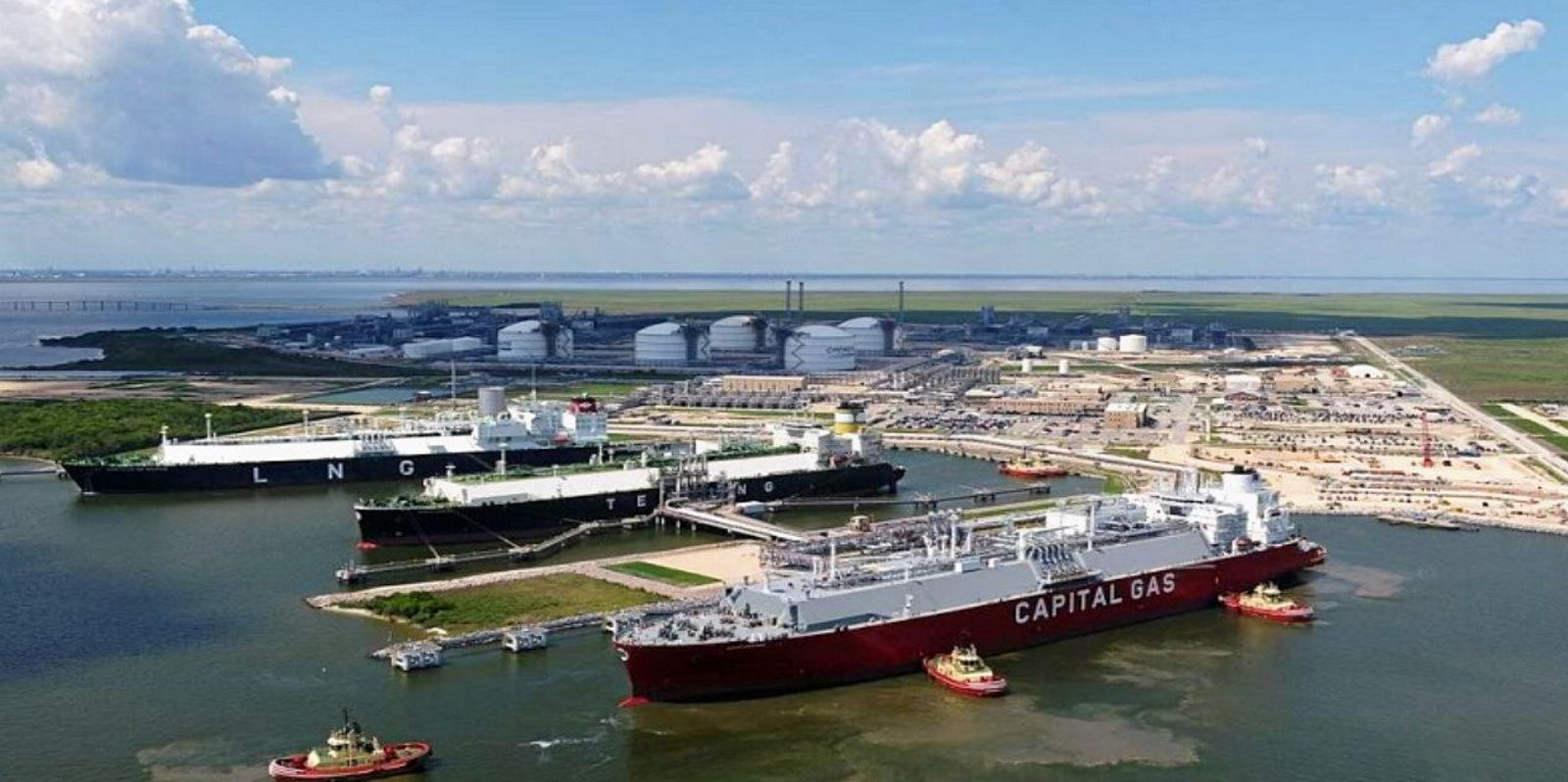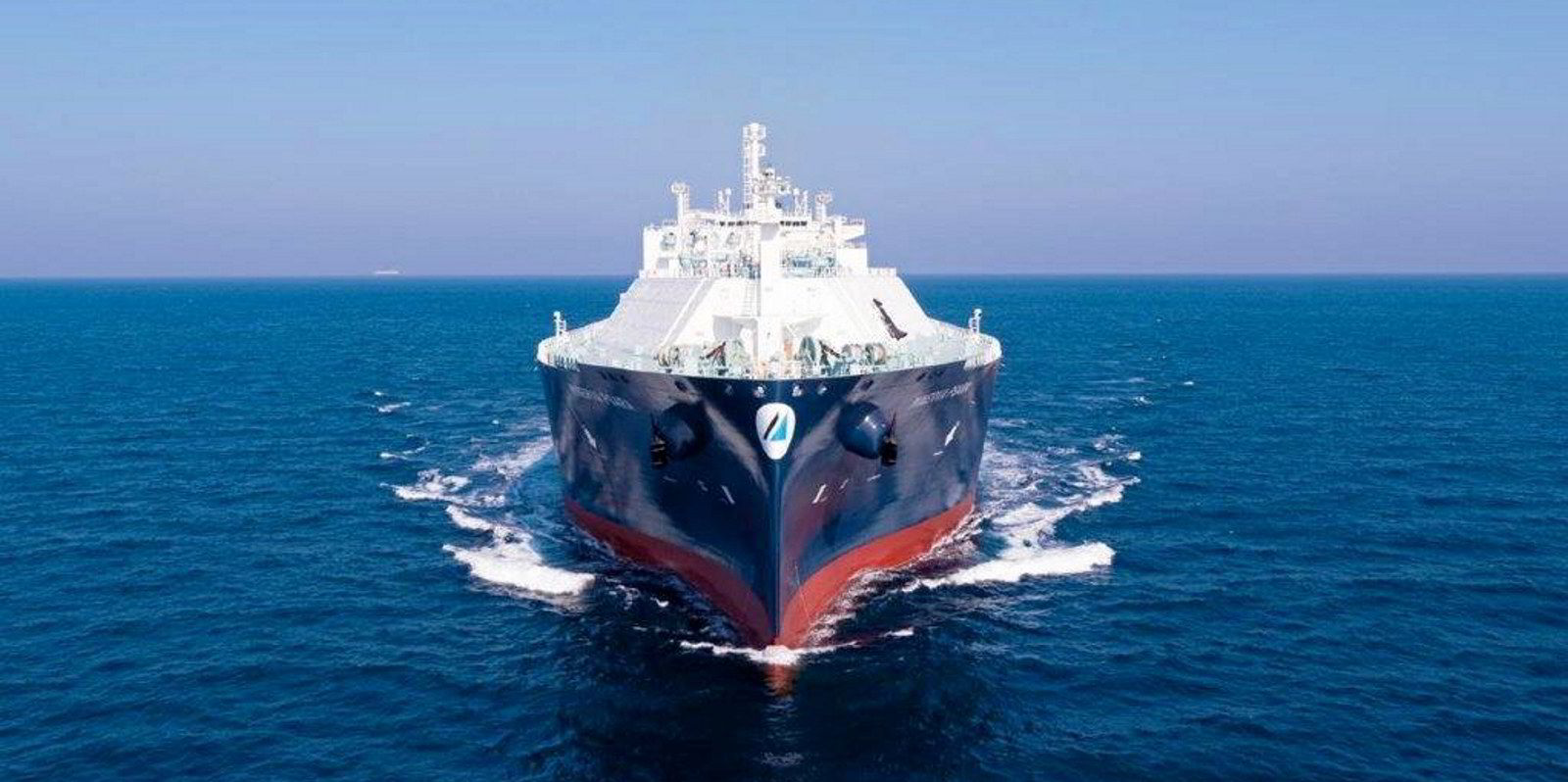John Fredriksen-controlled Flex LNG will not have a fully open LNG carrier available until mid-2026 and has only one of its 13-ship fleet exposed to the current roaring spot market.
Flex’s quarterly presentation shows the 174,000-cbm Flex Vigilant (built 2021) is due to come off-hire in the middle of 2026. The company has three more vessels which are due to end their charters in 2027.
Announcing third quarter results today, chief executive Oystein Kalleklev said the company has two vessels which could become open in 2024 but both have charterers’ options on them so their hire may be extended.
“The freight market during the quarter boomed,” Kalleklev said in his results video, “and this affected both short- and long-term rates positively”.
Flex reported an improved net income of $46.6m for the third quarter, up from $32.8m in the same period a year earlier.
Revenue for the quarter climbed to $91.3m from $81.8m in the same three months of 2021, in line with the company's guidance of around $90m.
Average time charter equivalent rates were up at $75,941 per day from $70,707 per day in the second quarter.
Kalleklev said the company is expecting “slightly improved” revenues of $95m to $98m for the fourth quarter based on earnings from its 173,400-cbm vessel Flex Artemis (built 2020) which is on a variable hire contract linked to the spot market rates.
He said this is in line with previous guidance of $90m to $100m.
During the third quarter, three of Flex’s 13-ship LNG carrier fleet kicked off new time-charters.
The 173,400-cbm Flex Enterprise (built 2018) and 174,000-cbm Flex Amber (built 2020) started seven-year time-charters.
The Flex Aurora was delivered to Cheniere Energy at the end of the third quarter as the US liquefaction giant’s optional fifth vessel to be chartered from Flex.
Flex has 100% contract coverage on its fleet for 2023 and a minimum of 91% for 2024.
The company is sitting on 49 years of contract backlog for its time-charters with 12 of its vessels fixed on long-term deals.
Under a second phase of its balance optimisation program Flex released $110m cash by refinancing four of its LNG carriers under what it described as “very competitive terms”.
Flex released $137m under an initial phase of refinancing.
Kalleklev said the company has three additional ships to be refinanced. “The ambition for our balance sheet optimisation program has now been increased to $300m in total.”
For 2023 Flex sees continued strong LNG demand from Europe, over 40 LNG newbuilding deliveries, liquefaction growth below or in line with 2022 and a very tight physical market for natural gas.
“For shipowners, we believe this translates to a continued strong term charter market and a volatile spot market,” the company said.






